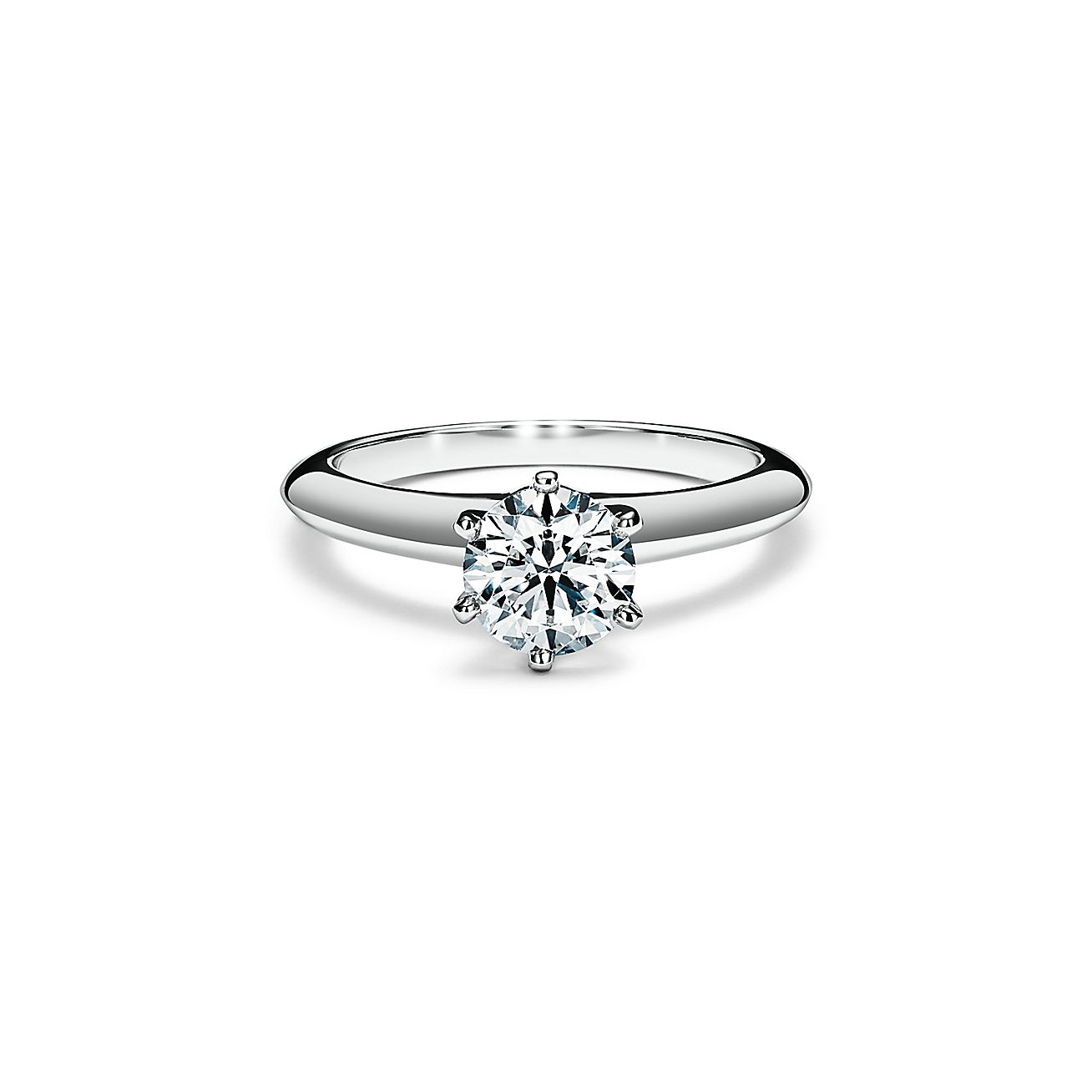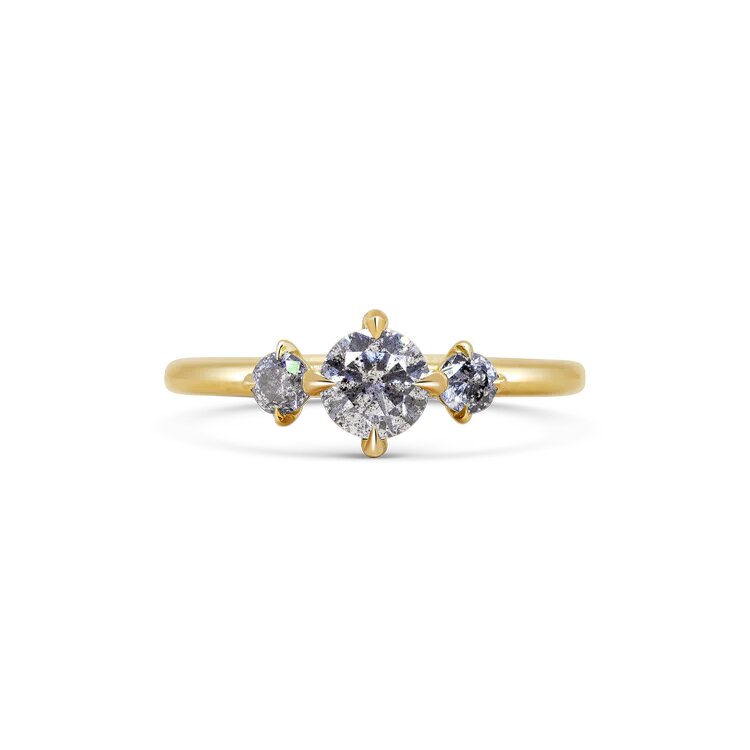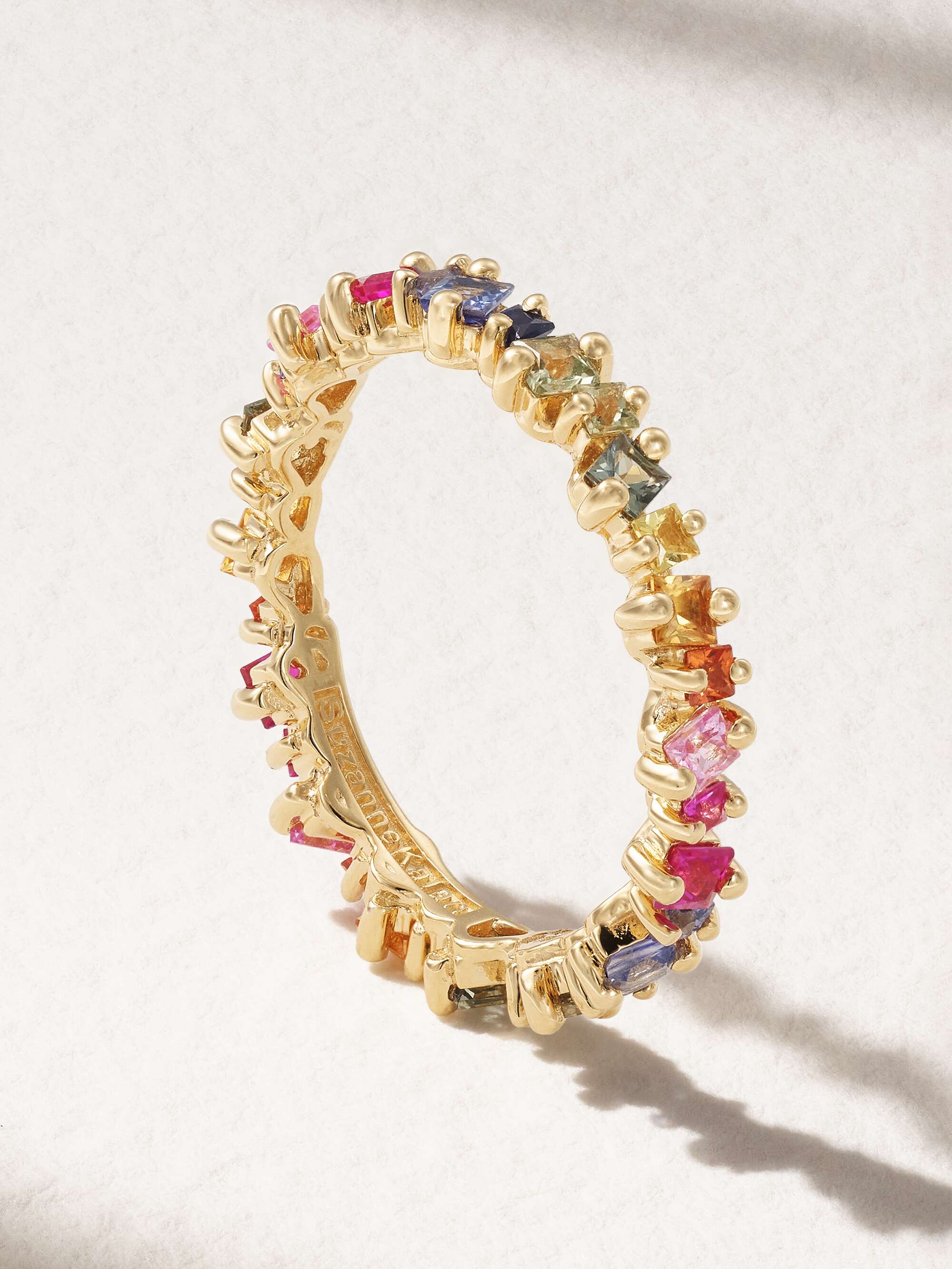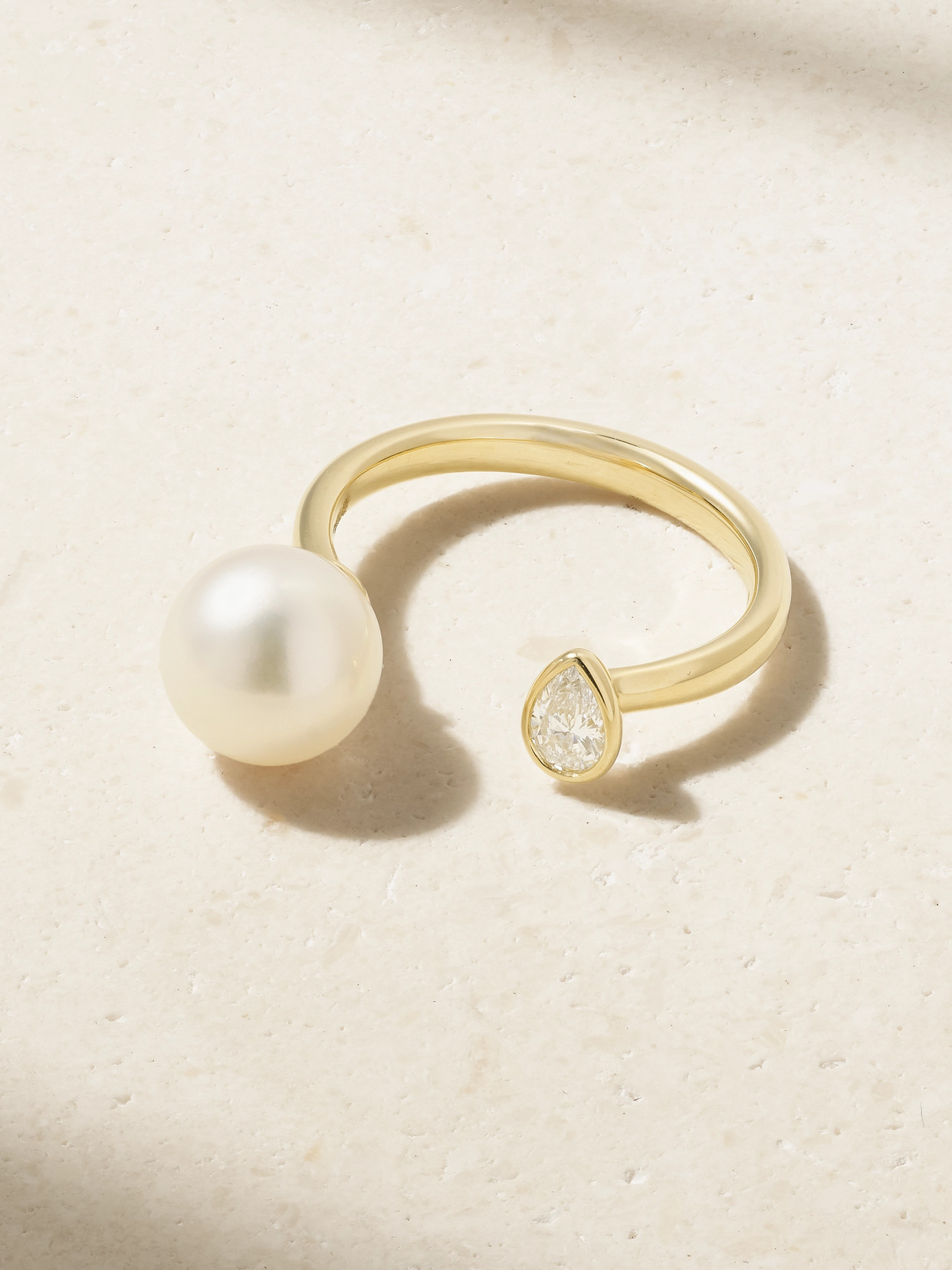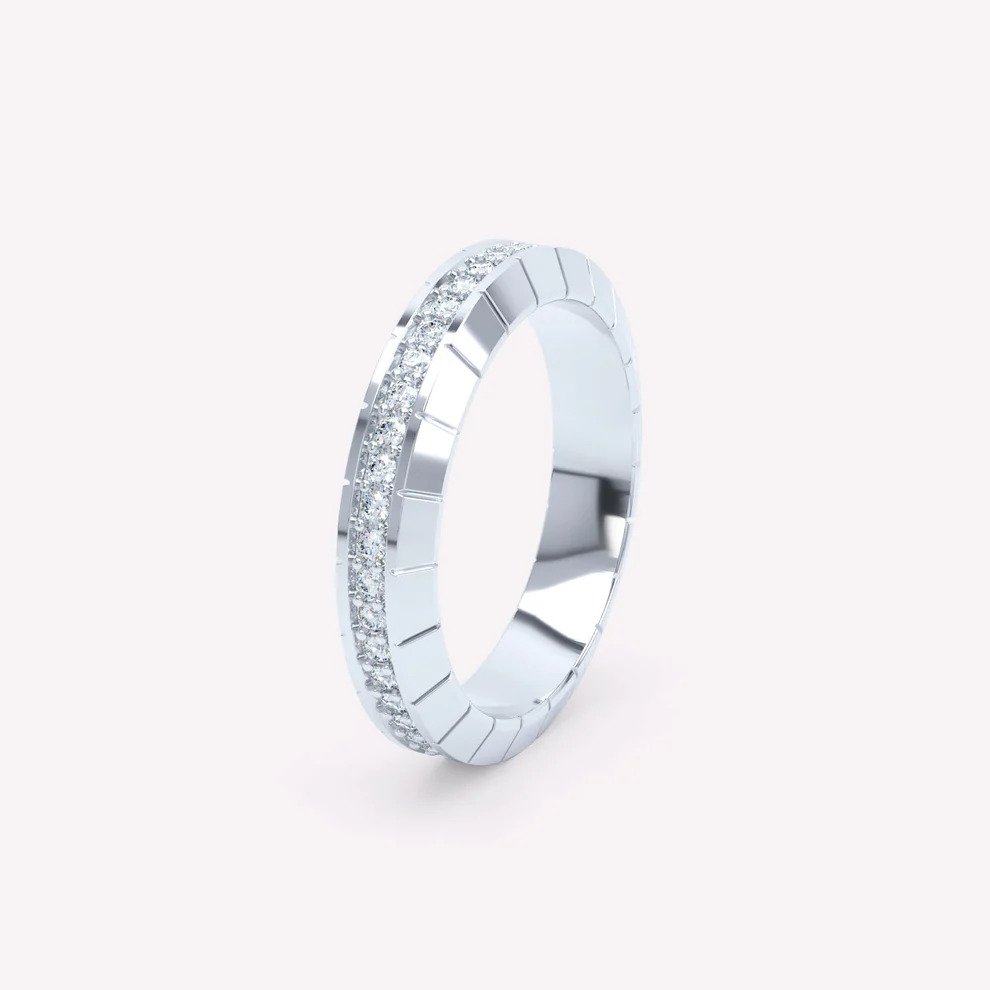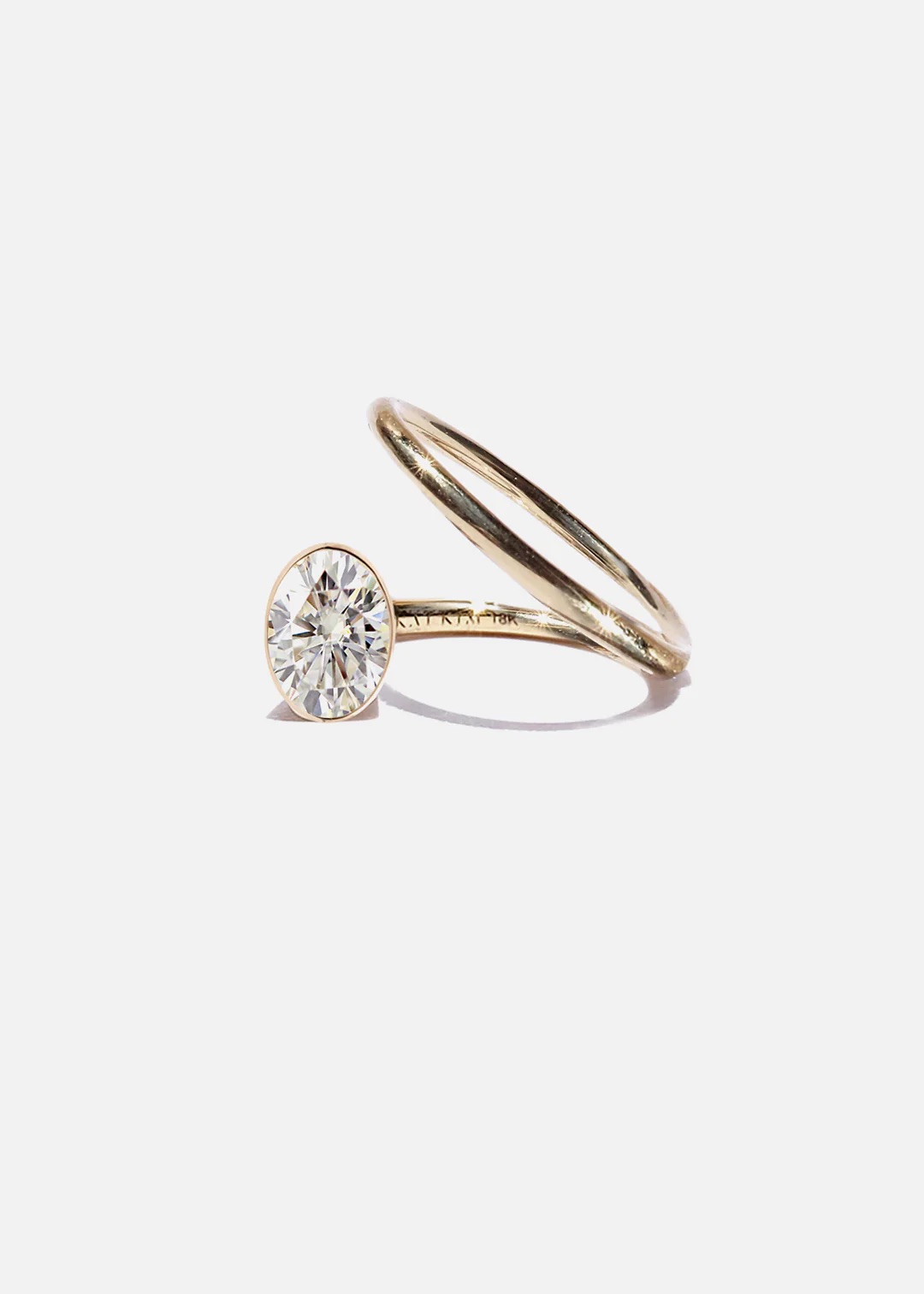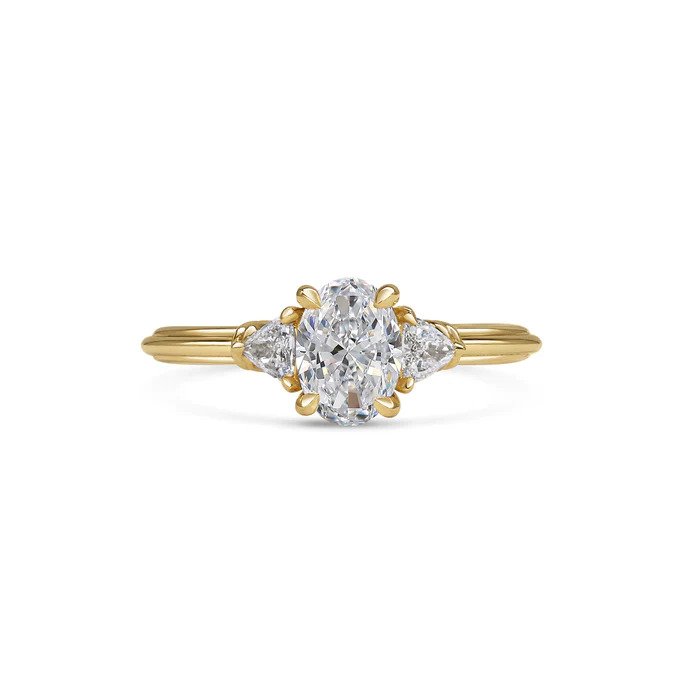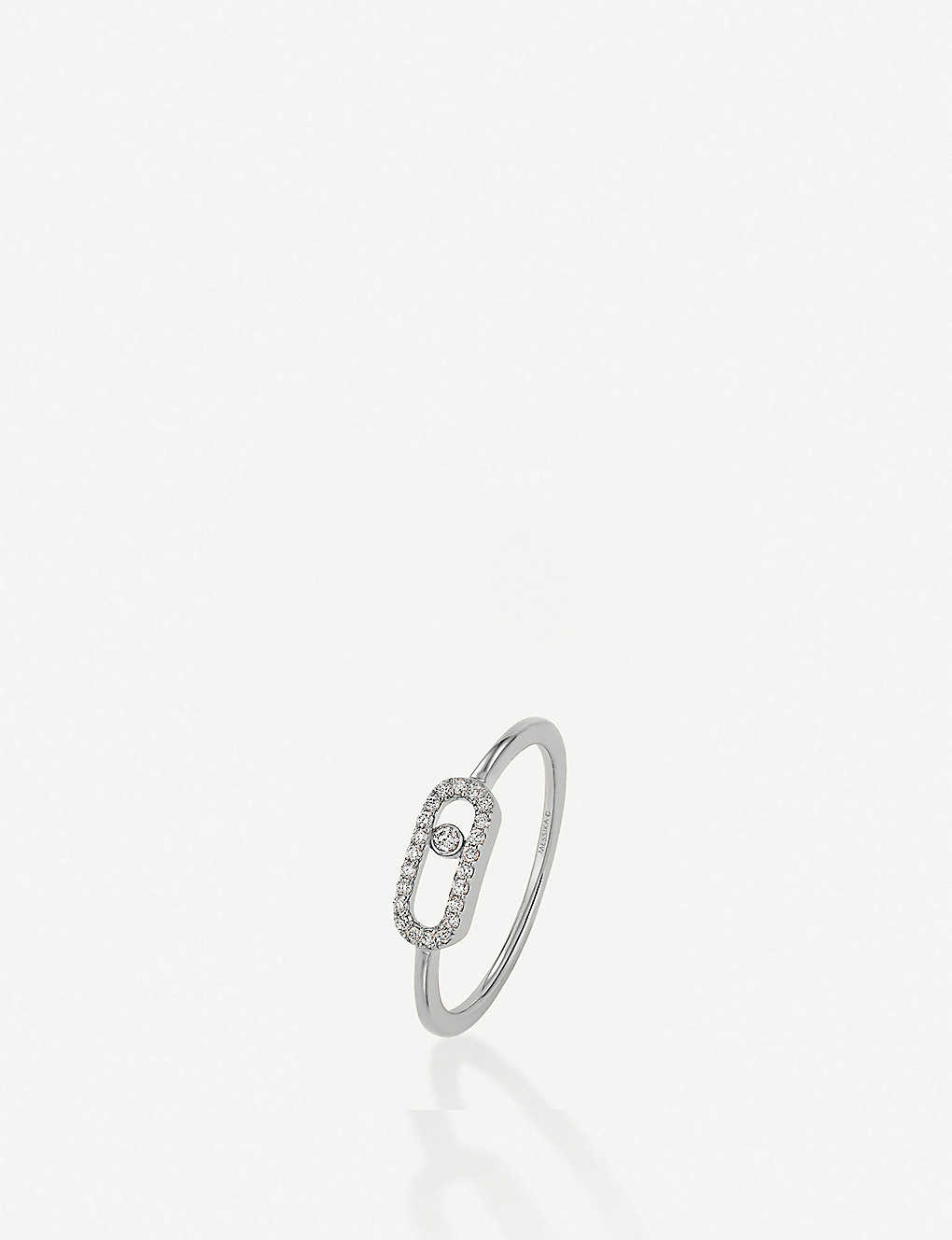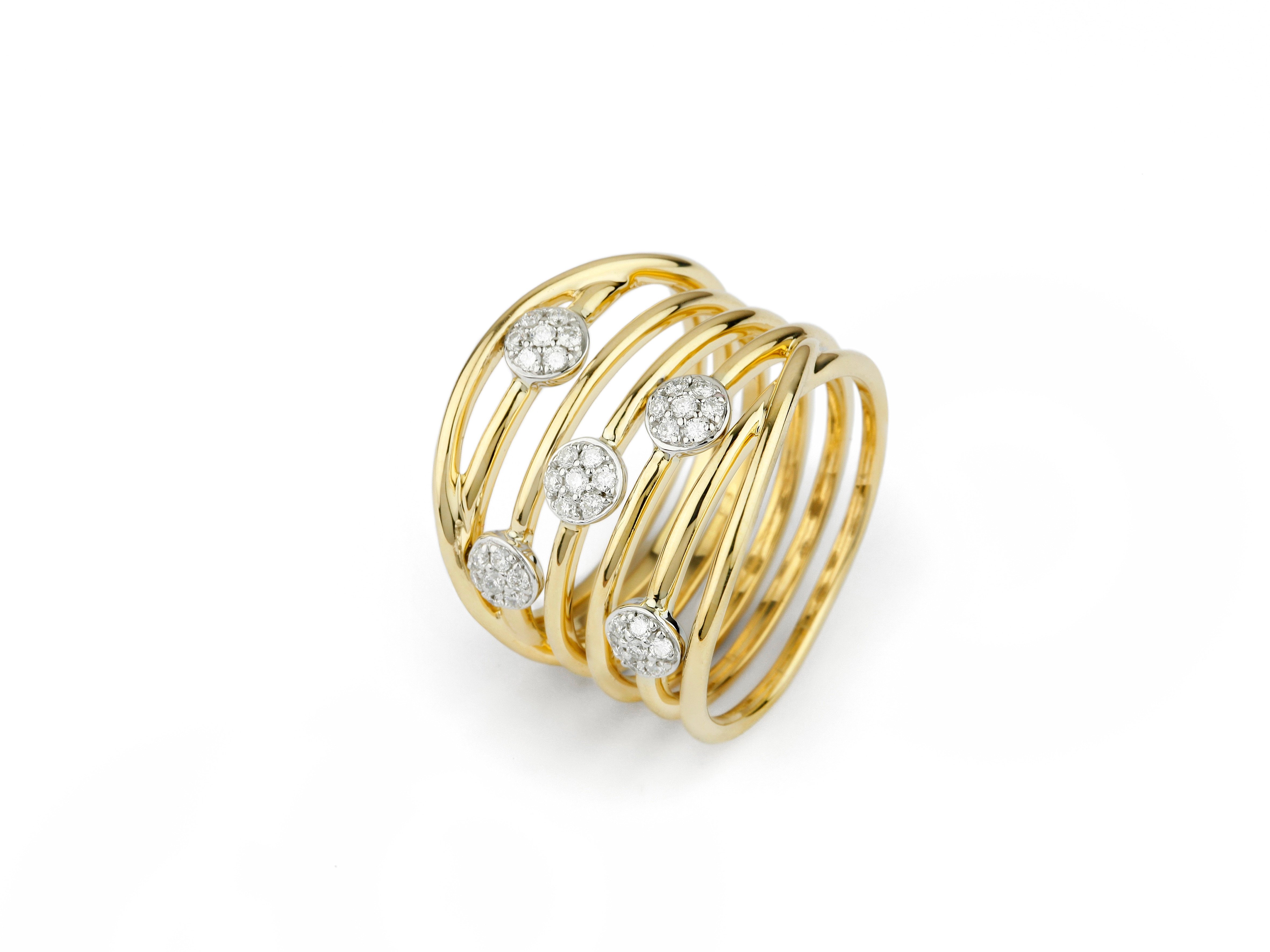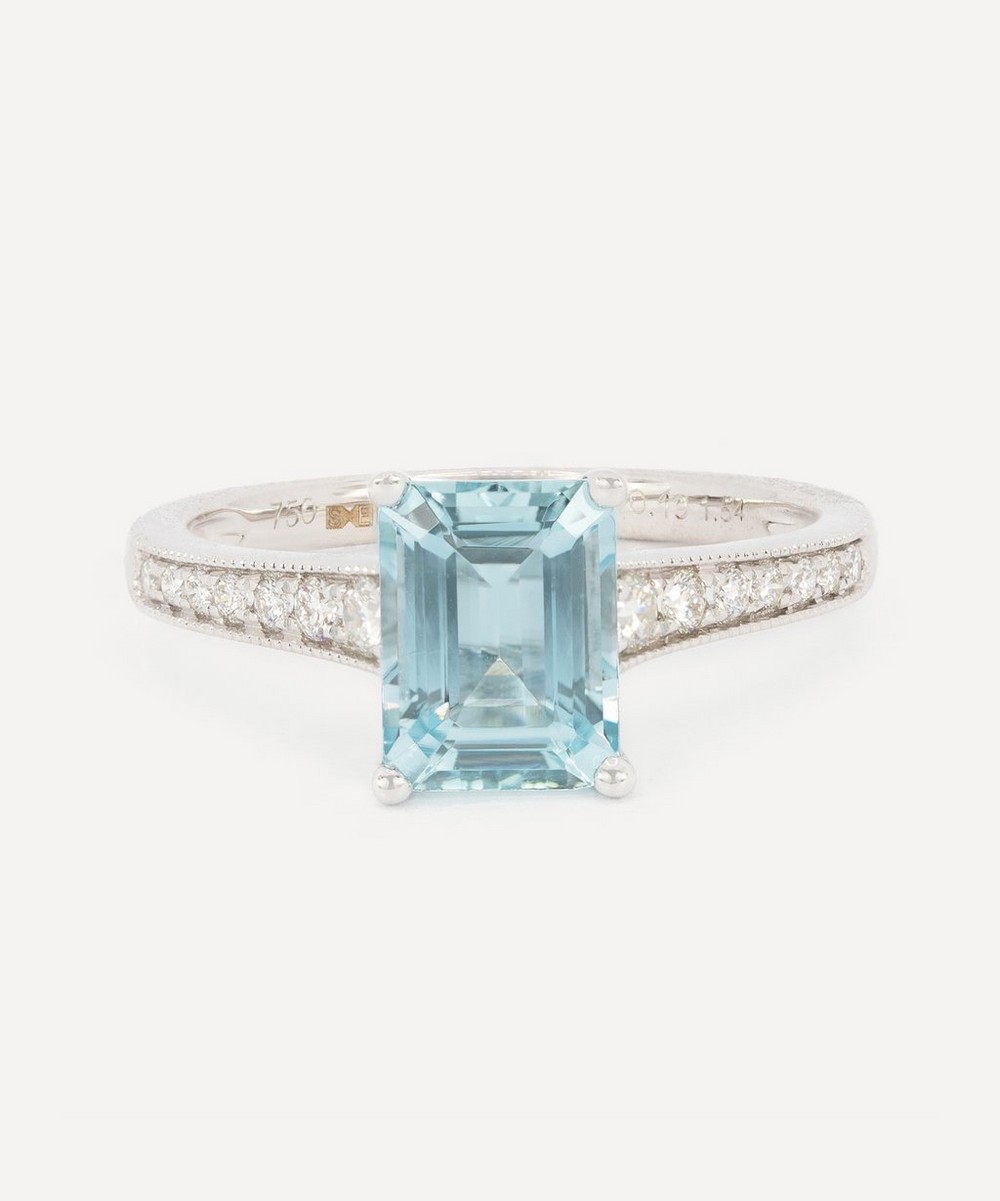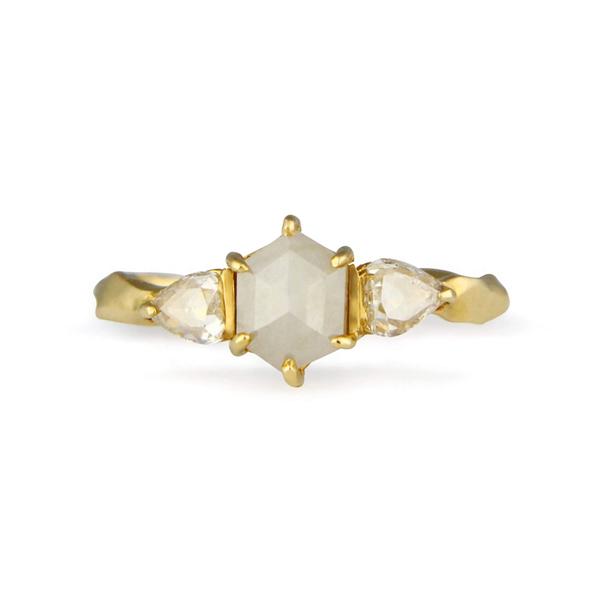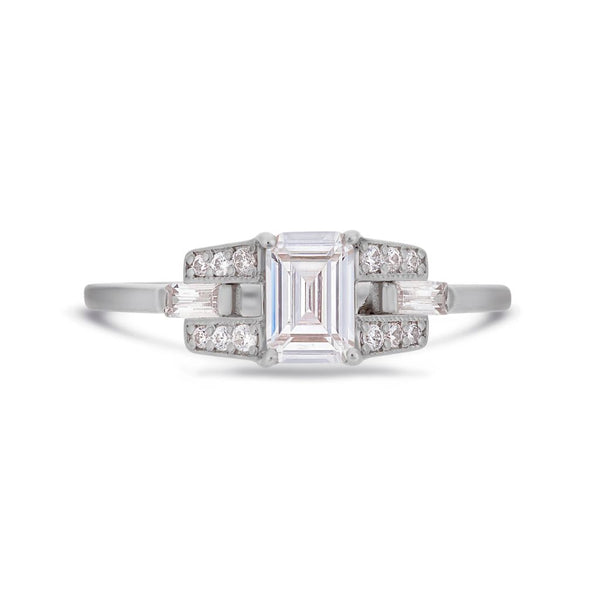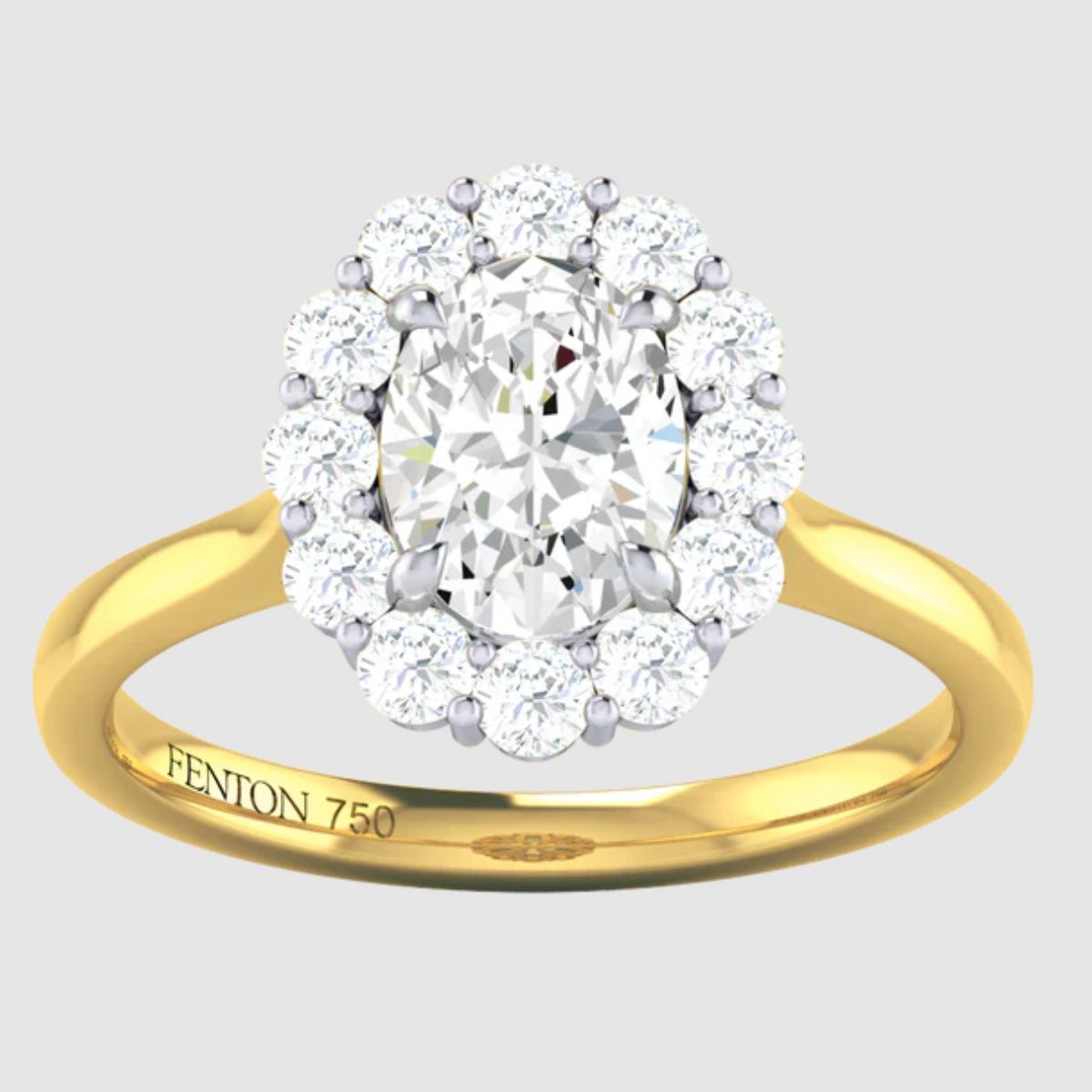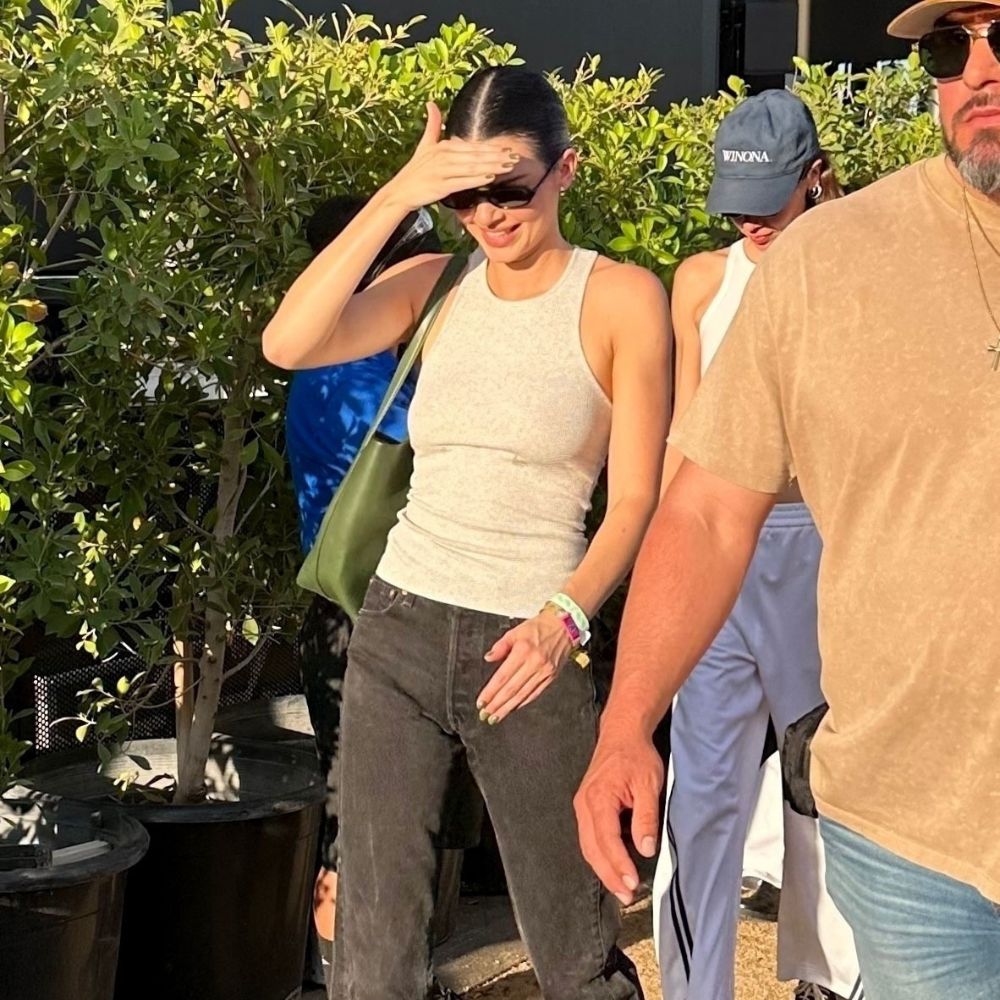How Much Should You Really Spend on an Engagement Ring?
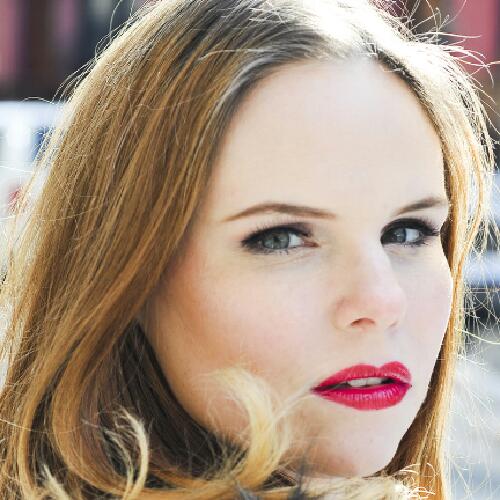
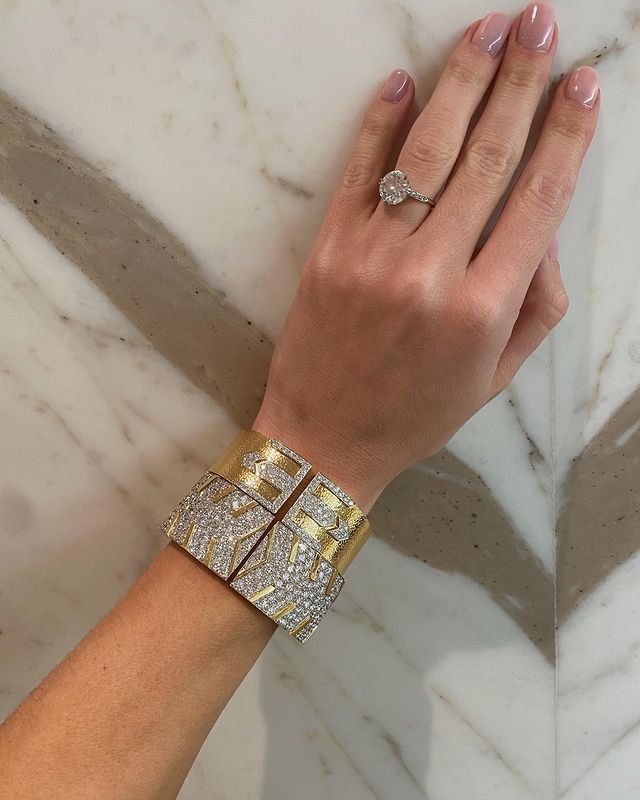
If you’ve ever thought about getting engaged at any point in your life, you’ve probably at least pondered how much you and your potential betrothed should be expected to spend on an engagement ring.
While there is certainly no set-in-stone amount, there are so many different rules and expectations when it comes to the cost of the bling that it can be overwhelming, confusing and downright frustrating (especially for the person making the purchase). There are even online engagement-ring cost calculators that have been set up to help you navigate the process—but we also have some pretty solid answers to help you on your way.
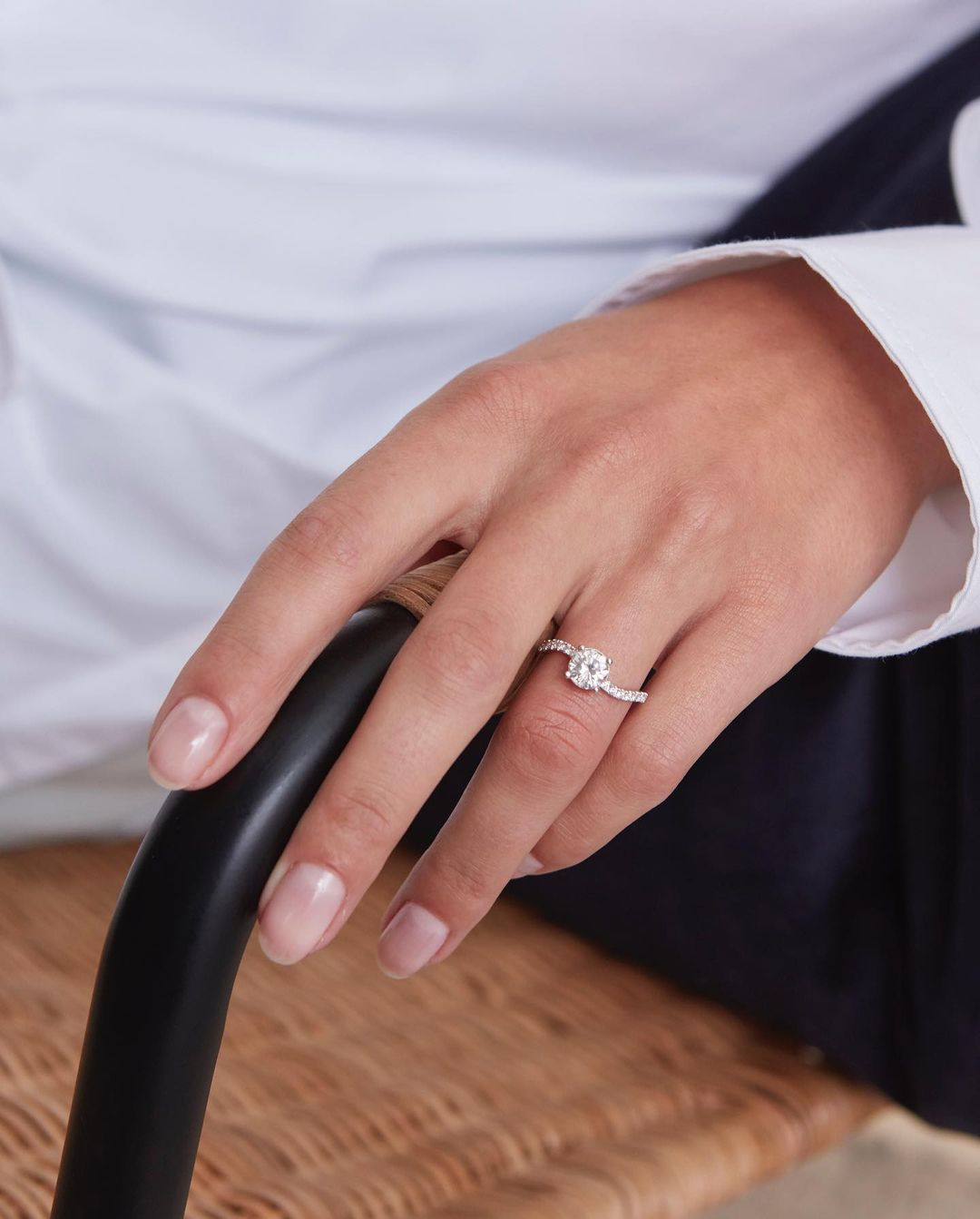
While it’s always great to pore over the best celebrity engagement rings for inspiration (we're looking at you Selena Gomez), dropping millions of pounds isn’t exactly a reality for many of us.
Fear not, though, as we’re here to help. We’ve compiled as many different engagement-ring price suggestions as we could and laid them all out for you so it’s easy to navigate and understand.
We also got some up-to-date information from jeweller Michelle Oh, who spoke to us about the more modern rules. Both you and your significant other will thank us when it comes time to make the purchase.
Keep scrolling for the seven rules on how much to spend on an engagement ring, and shop some of our favourite pieces.
Rule #1: Three Months' Salary
As The Knot points out, the popular "three months of your salary rule" has held strong for decades. This suggests that the purchaser should spend about three full months’ salary on the ring. Nowadays, this is more of a rule of thumb and isn't necessarily the right amount for everyone. If the person buying the ring is dealing with debt or stressed about income, there is no shame in scaling back. It can range from a few weeks of your salary to more than three months—the more important thing is understanding your financial situation before you make such a large purchase.
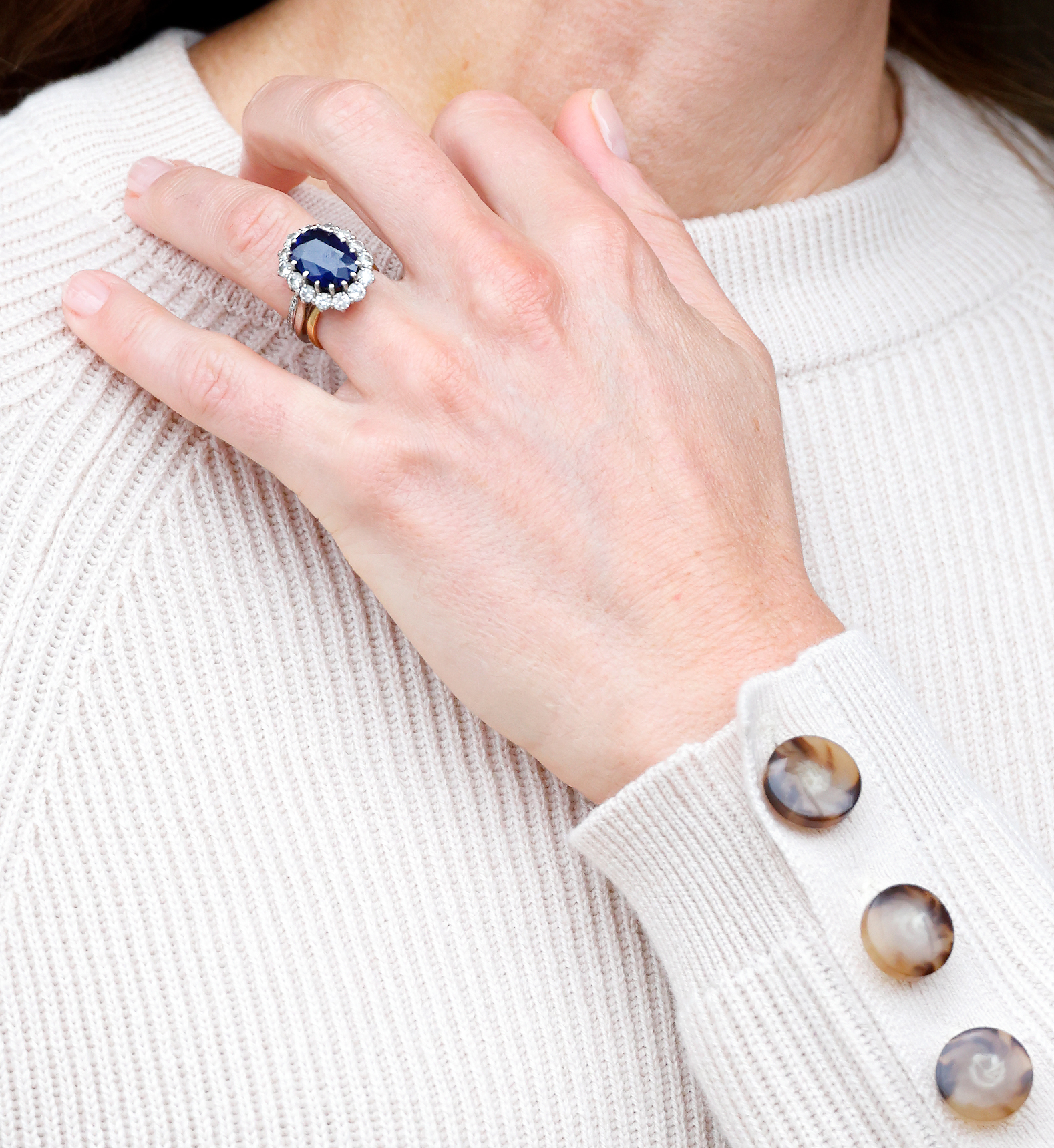
Kate Middleton's engagement ring.
Rule #2: One Month's Salary
You may have heard the more prevalent rule of thumb that a person should spend about a months’ salary on the ring—and you have diamond manufacturer De Beers to thank for that little wisdom nugget. Back in America’s Great Depression, De Beers started running an ad campaign suggesting that men spend one months’ salary on the ring to save money, and the idea stuck. This later transformed into a two-month, then three-month salary suggestion, but again, these recommendations are only suitable if they feel right for your financial situation.
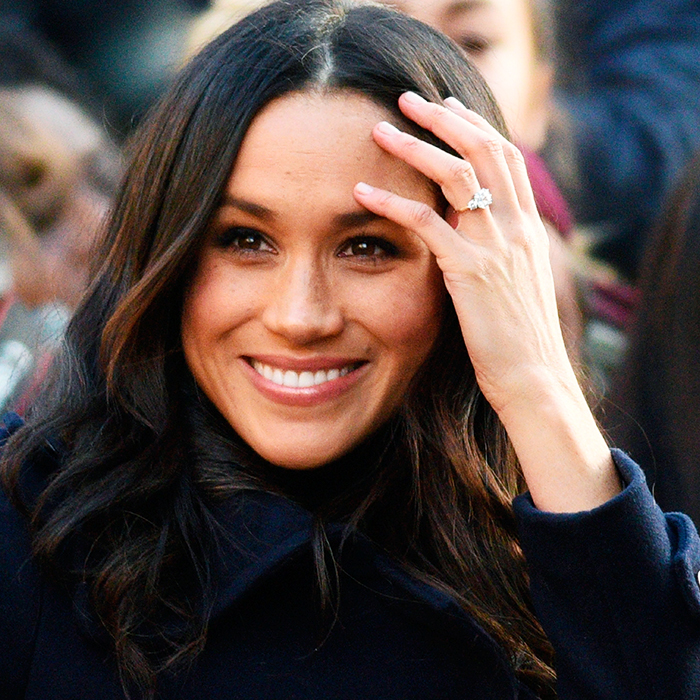
Rule #3: Split the Difference Between the Months
If three months seems like a stretch for your other half, but one month seems a little skimpy, there are some contemporary ways of thinking that suggest you compromise and spend two months’ salary on the rock. This can be a good option if you’re looking to spend a small fortune without upending your finances.
Rule #4: Spend the Average Cost of a Ring
In 2016, the average amount spent on an engagement ring in the UK was £573. In 2024, the national average cost of an engagement ring has risen to £2200. You always have the option of presenting your future spouse with this information and suggesting they spend the average amount, but you should keep in mind that it has nothing to do with their own personal financial standing.
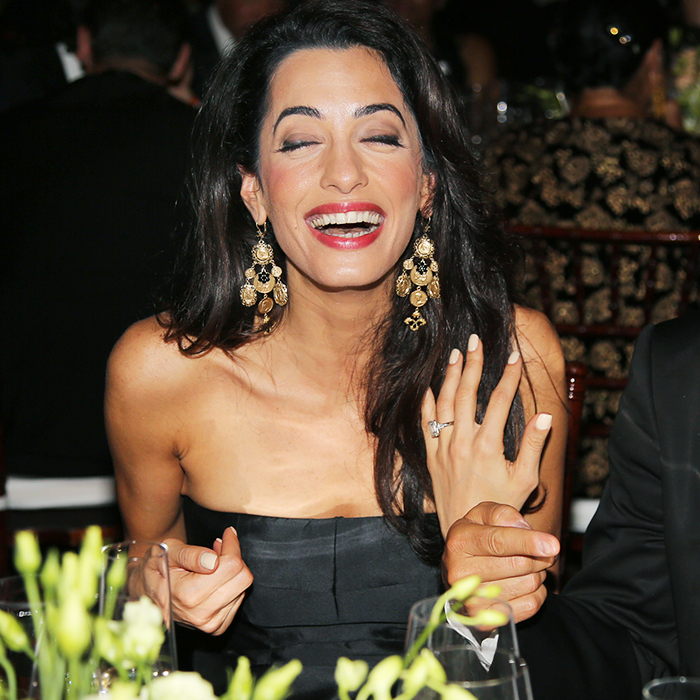
Rule #5: Look at Ways to Save Money
There are some pretty savvy things you can do to make sure you get the most bang for your engagement-ring buck. Many would recommend shopping online (remember that at least you’ll find it easier to return something!), but there are also tricks such as opting for a lower-carat diamond, and deciding on a style that has a solitaire diamond rather than lots of little stones that add up. You can also opt for diamonds that don't have perfect colour or clarity as you'll often need a magnifying glass and an expert's eye to ever notice any imperfections.
If you’re concerned about authenticity online, aim to browse retailers that are trusted and well-known (such as Ernest Jones, for example). Also, look out for brands carrying IGI certificates, as they are a sure-fire way to know that something is legit. You can find out more information on being a confident diamond buyer from the International Gemological Institute too.
Rule #6: Don’t Feel Restricted to Diamonds
Although diamonds continue to be a popular choice of stone for engagement rings, there are a plethora of precious gems you can consider that could lower the price of your chosen engagement ring, and make it even more personal for the recipient.
"Spend whatever you are comfortable with, but make it personal and meaningful,” encourages jewellery designer and expert Niza Huang. "Using birthstones or engraving words or patterns that are special to you both will make any ring feel special. Reworking heirlooms is also a meaningful way to add sentimental value to the piece. Not only that but it’s sustainable and could also lower the cost.”
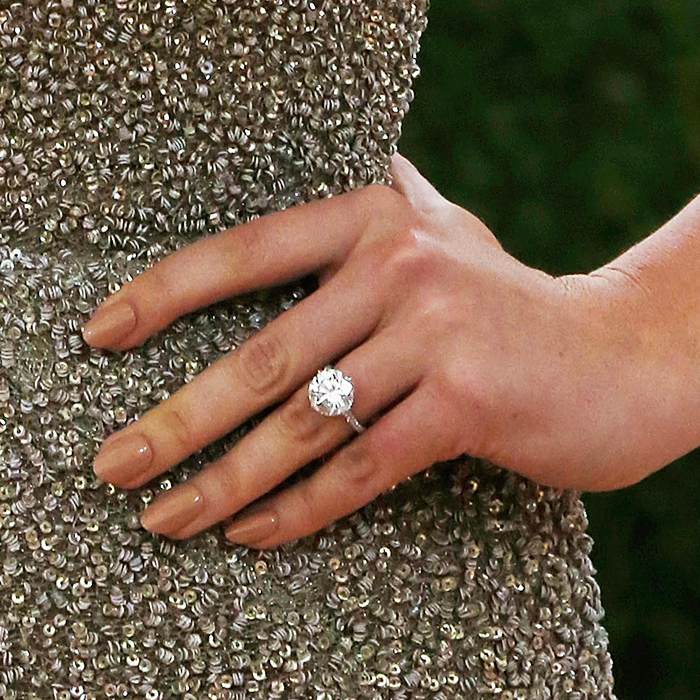
Rule #7: Don’t Overlook Custom Designs
Although you might think a bespoke piece costs more, that isn’t always the case. Having more flexibility over cut, clarity and metals used can help you to create the look of a ring you want, but in a tailored way.
So, how much should you budget for a custom ring? "From a bespoke perspective, my suggestion would be to think about an amount you're comfortable with and then have a few hundred pounds flexibility on your max price,” suggests expert Laura Vann, owner and founder of V by Laura Vann. "That way, the designer will try and achieve your piece within budget but it leaves a bit of wiggle room to upgrade should you want slightly bigger or better stones!”
Rule #8: Forget the Rules
In our minds—and we assume the minds of many cash-strapped UK millennials and Gen Zers—the amount spent on an engagement ring should be 100% up to the person buying it.
While you can, of course, adhere to the above rules if that's what you want, you can also take the advice of expert Michelle Oh, founder of Michelle Oh Jewellery, who says that ultimately, choosing a piece of jewellery, especially an engagement ring, is a very personal choice. She also said that the focus has very much shifted from one that was all about how much the ring cost to what the ring wearer will like—so in many ways, price doesn't matter as much as it used to.
Now keep scrolling to see some engagement rings we love.
Shop The Best Engagement Rings:
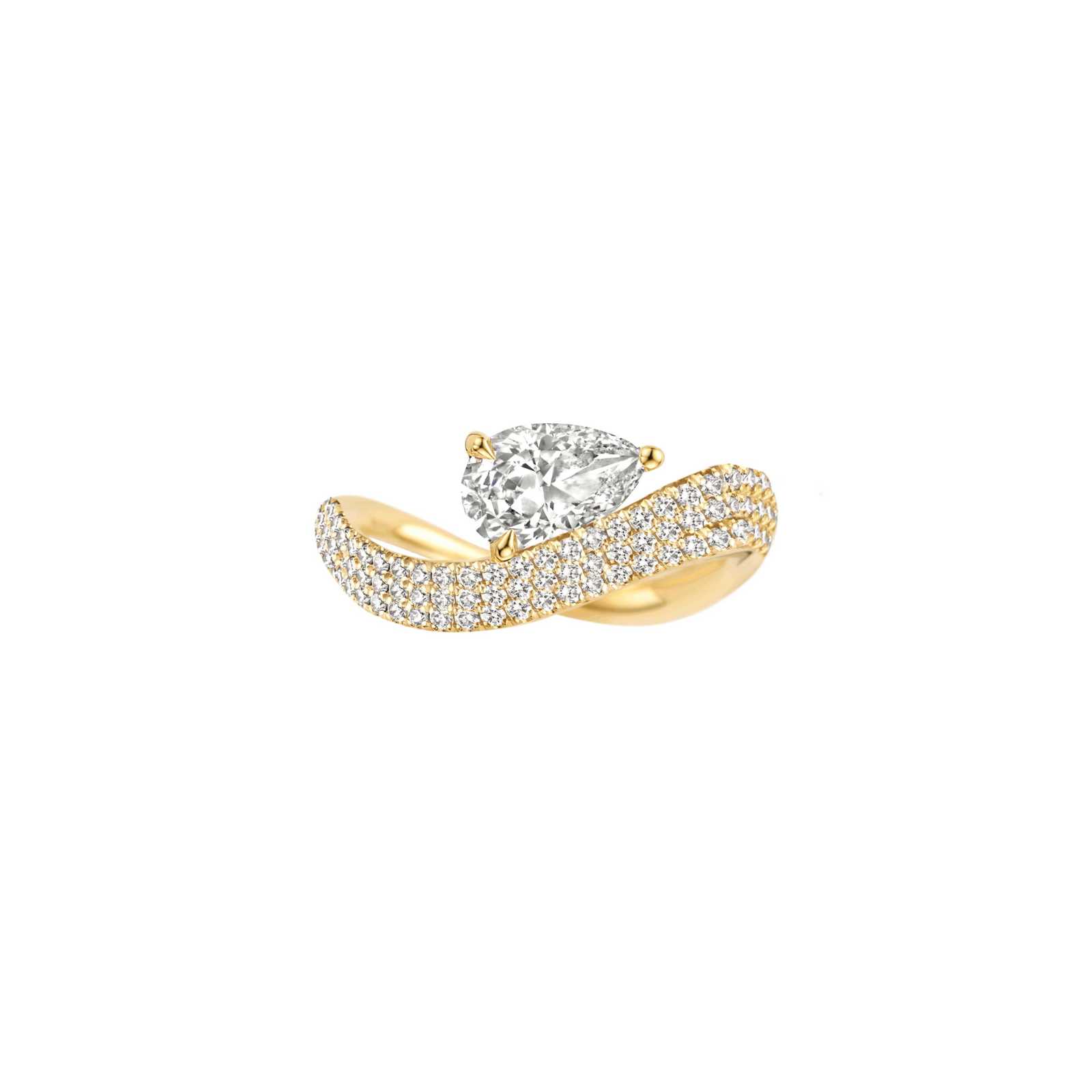
Modern brides will love Kimaï's contemporary take on traditional shapes like this elegant curved band and pear shaped diamond.
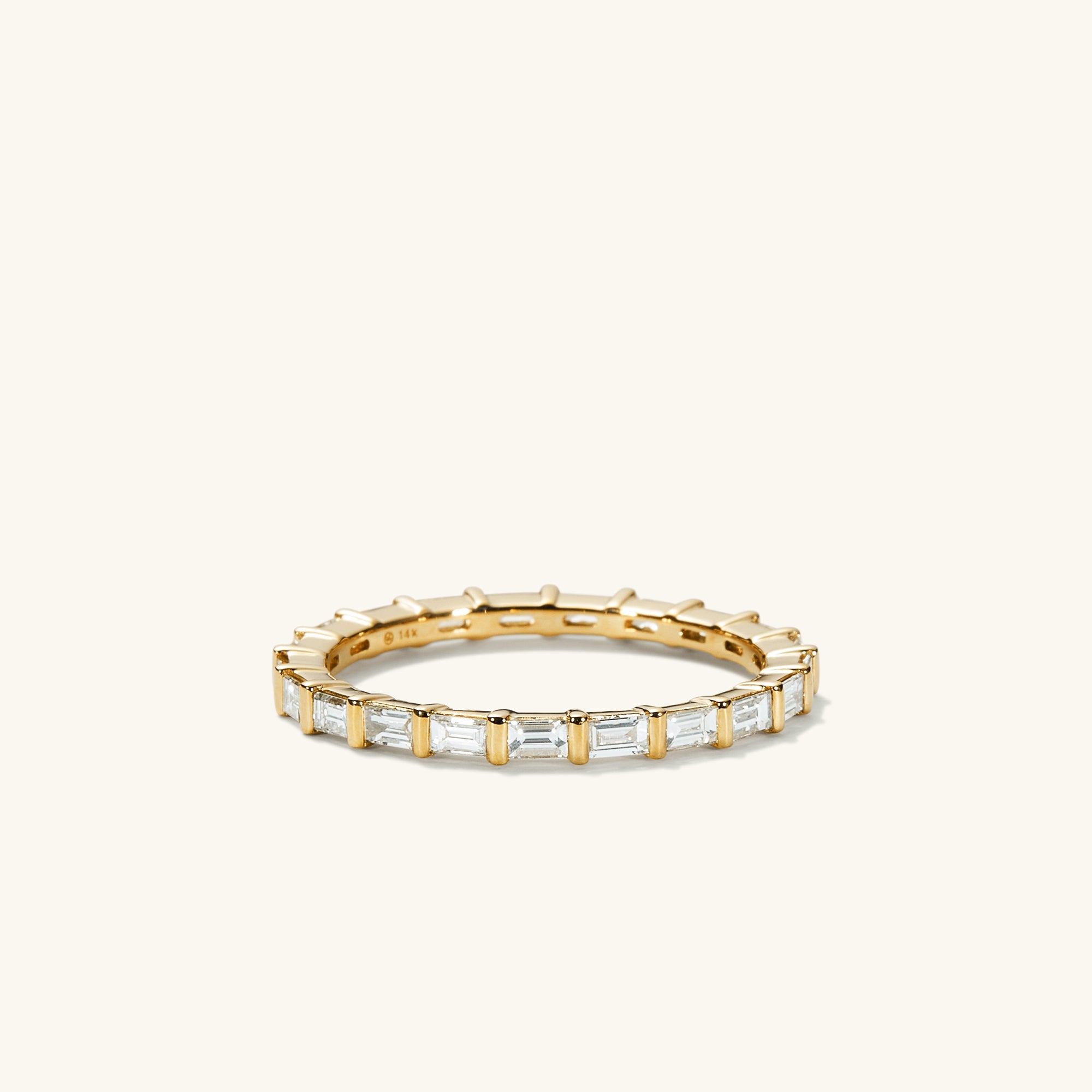
If solitaire isn't your partner's style, this pretty baguette band is just as eye-catching.
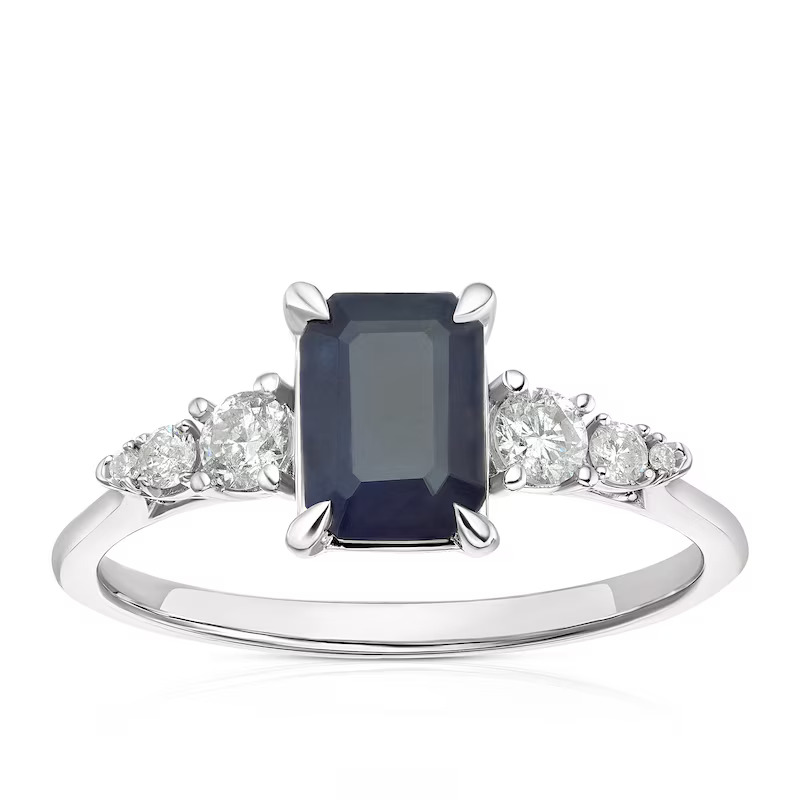
A true show-stopper that differs from the usual diamond ring.
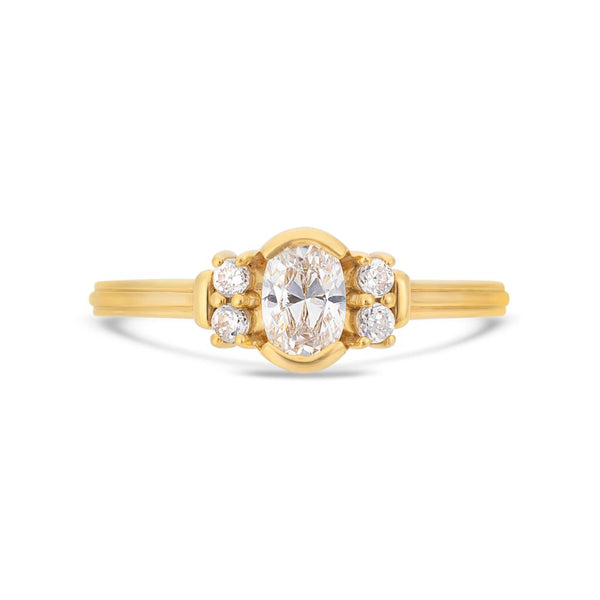
The vintage-inspired triple band pulls this whole ring together.
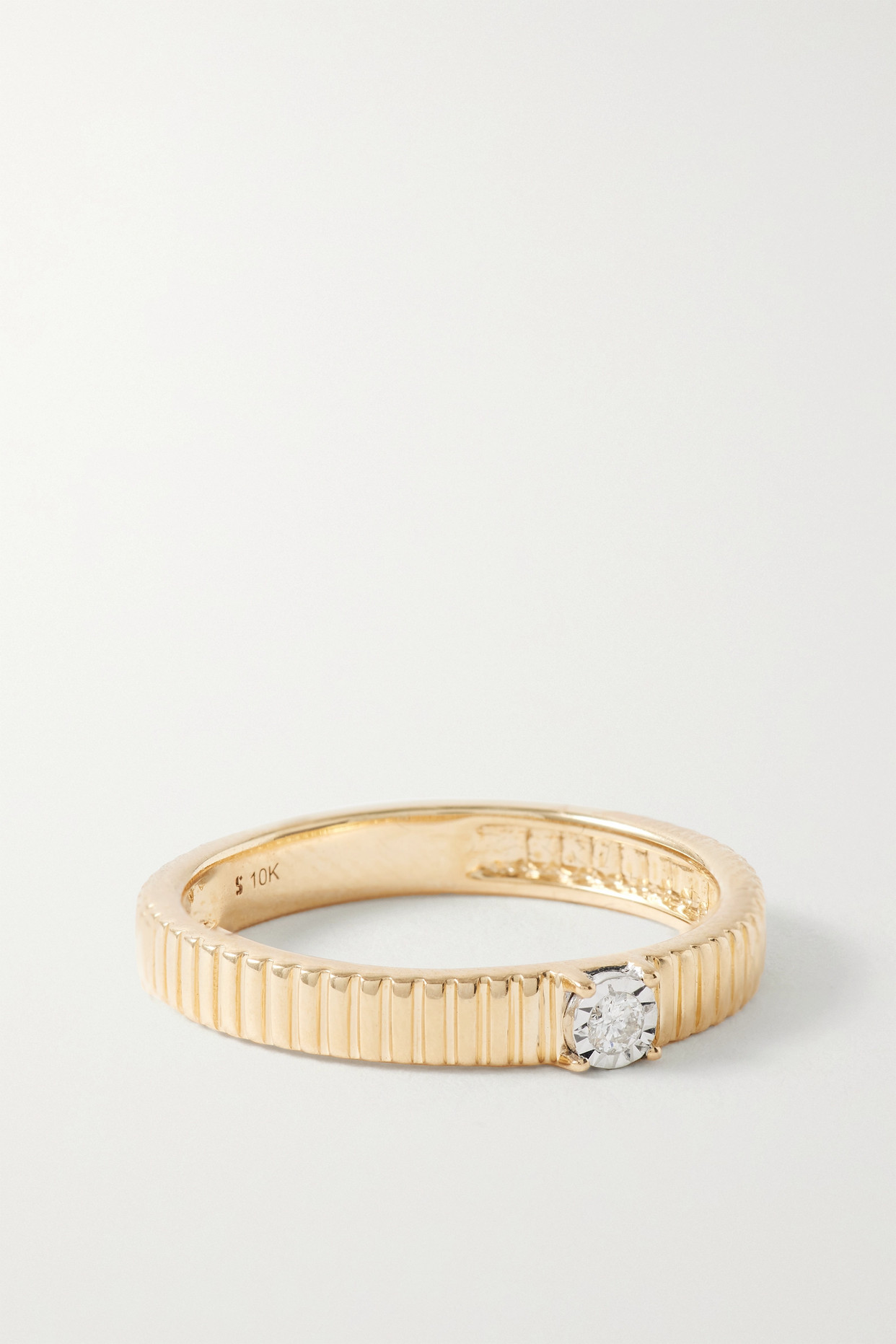
This will easily stack with your wedding ring.
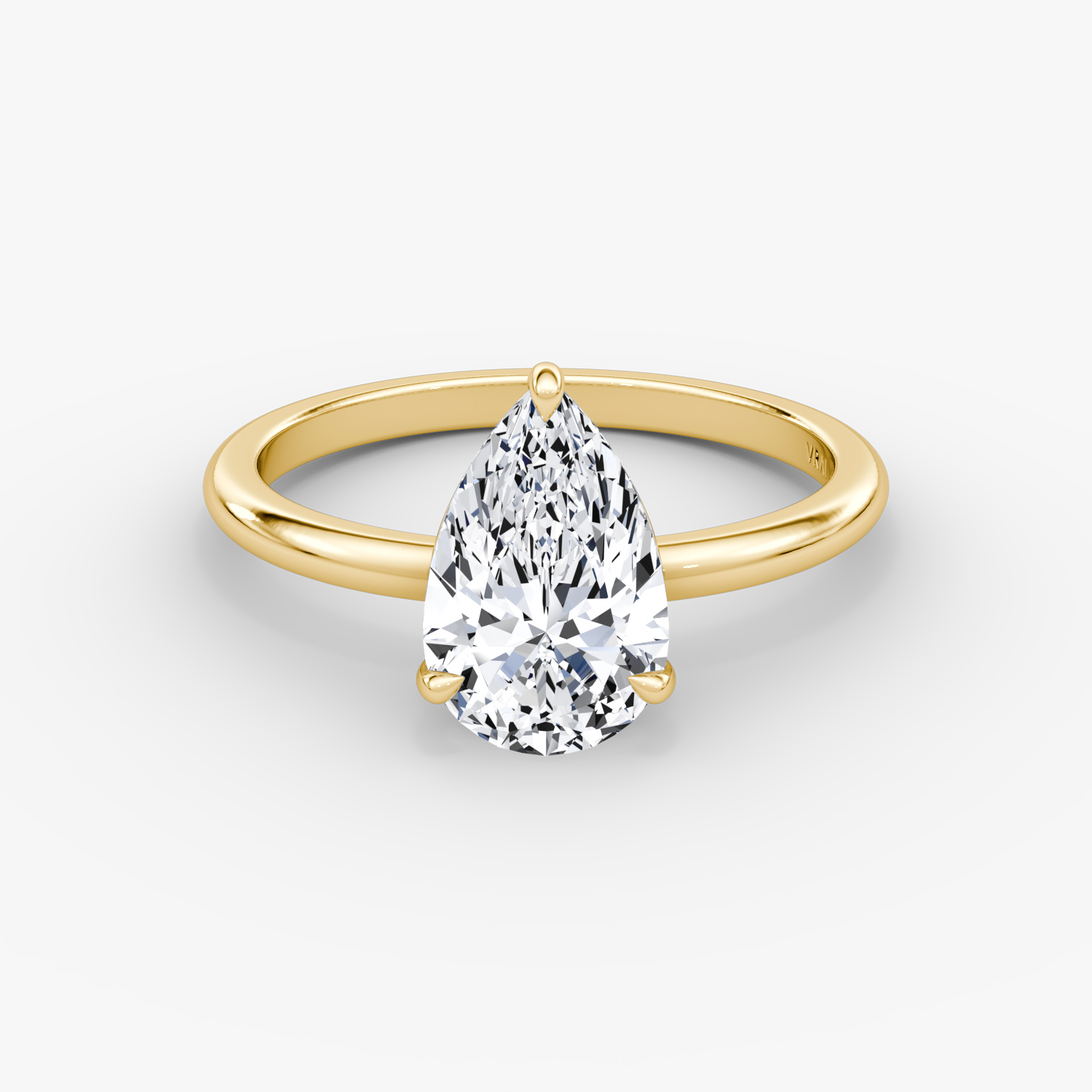
Sustainably created lab-grown diamonds are just as impactful.
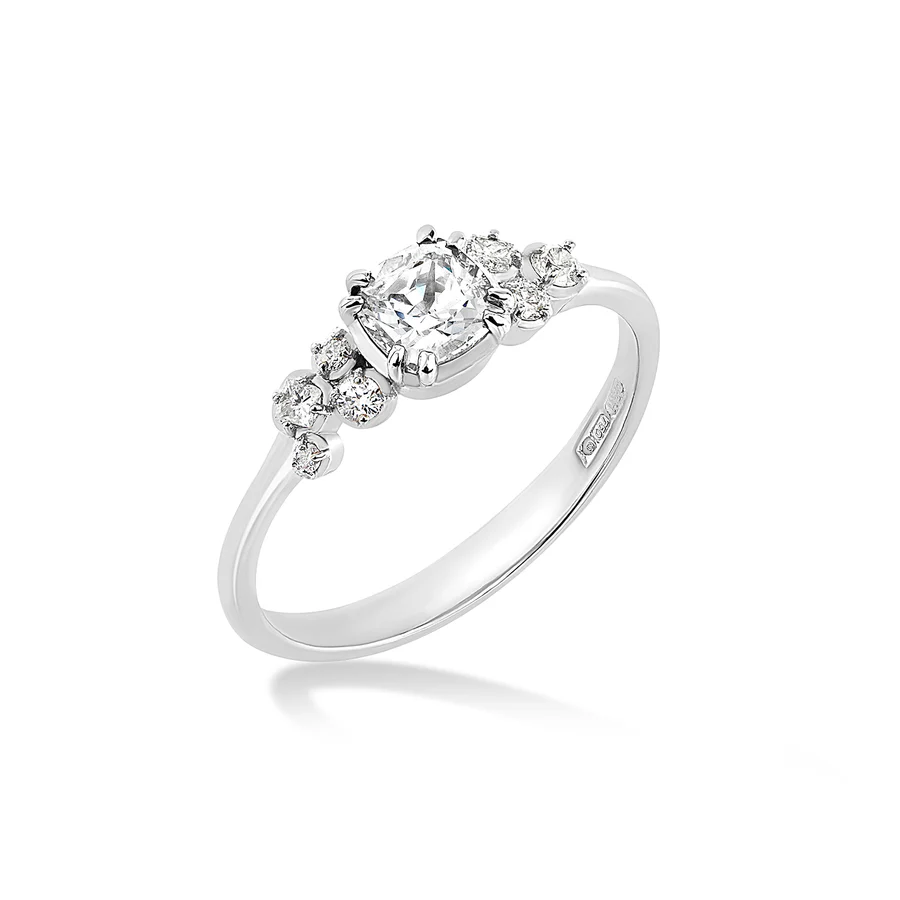
The setting is inspired by stars and constellations.
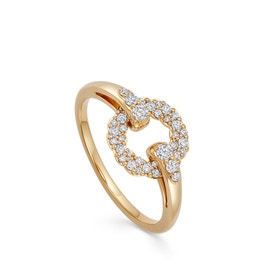
Impeccably crafted to show off the flurry of diamonds.
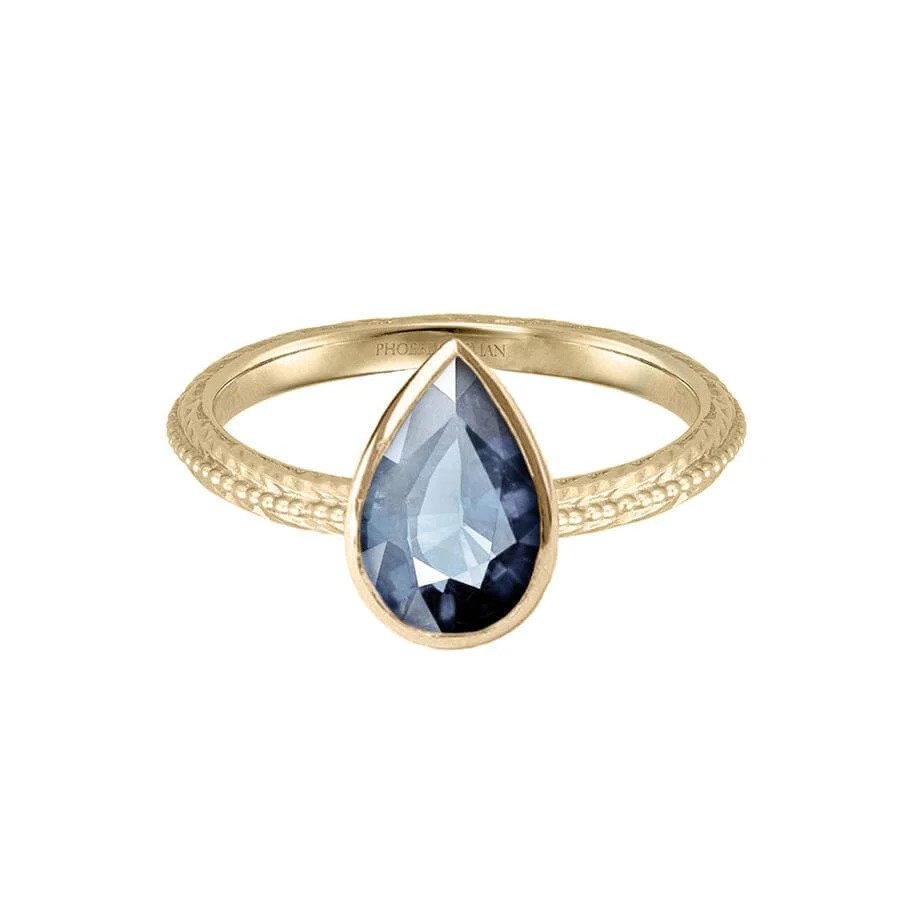
The pear shaped blue/grey sapphire is immaculate.
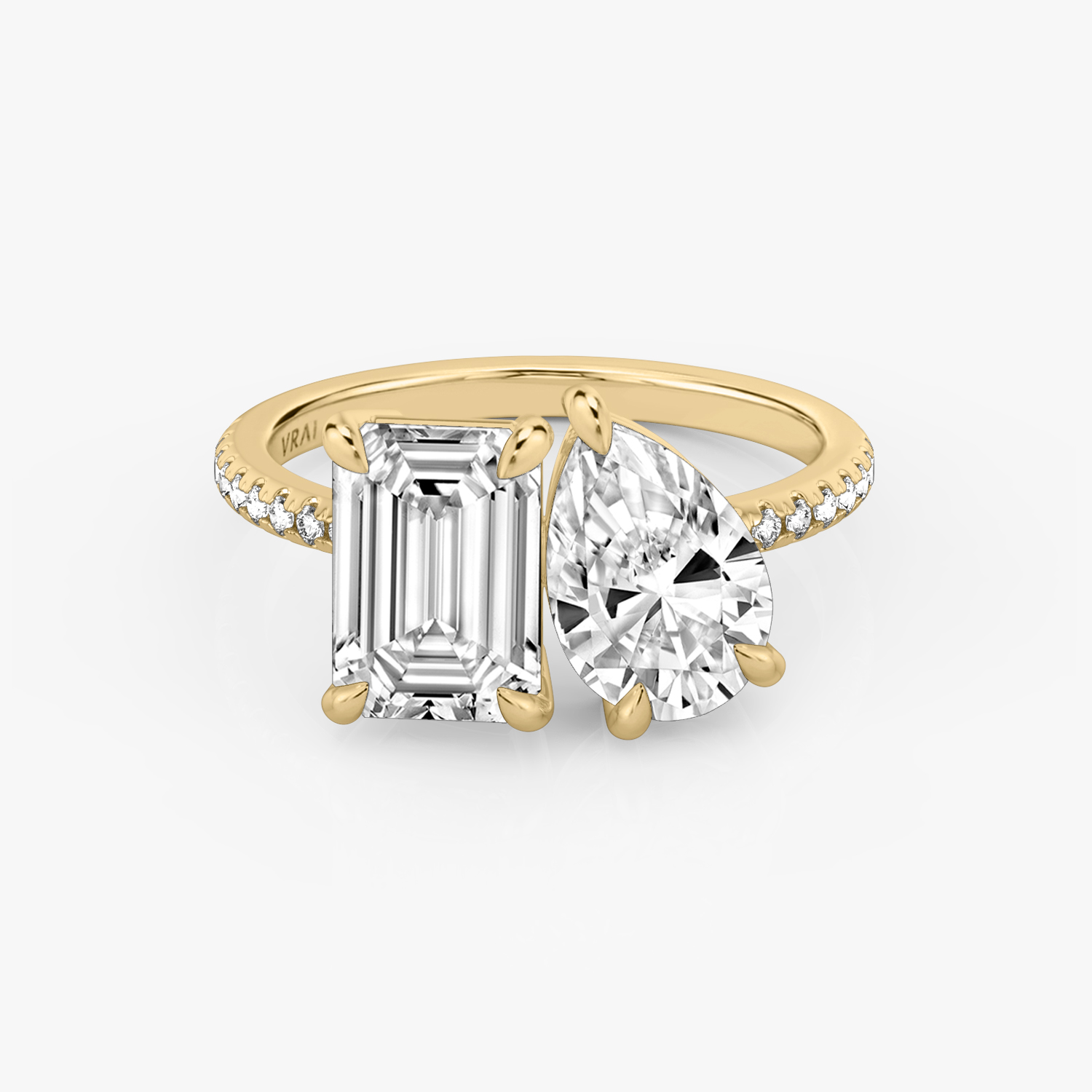
The unique dual-stone setting makes this a stand out piece.
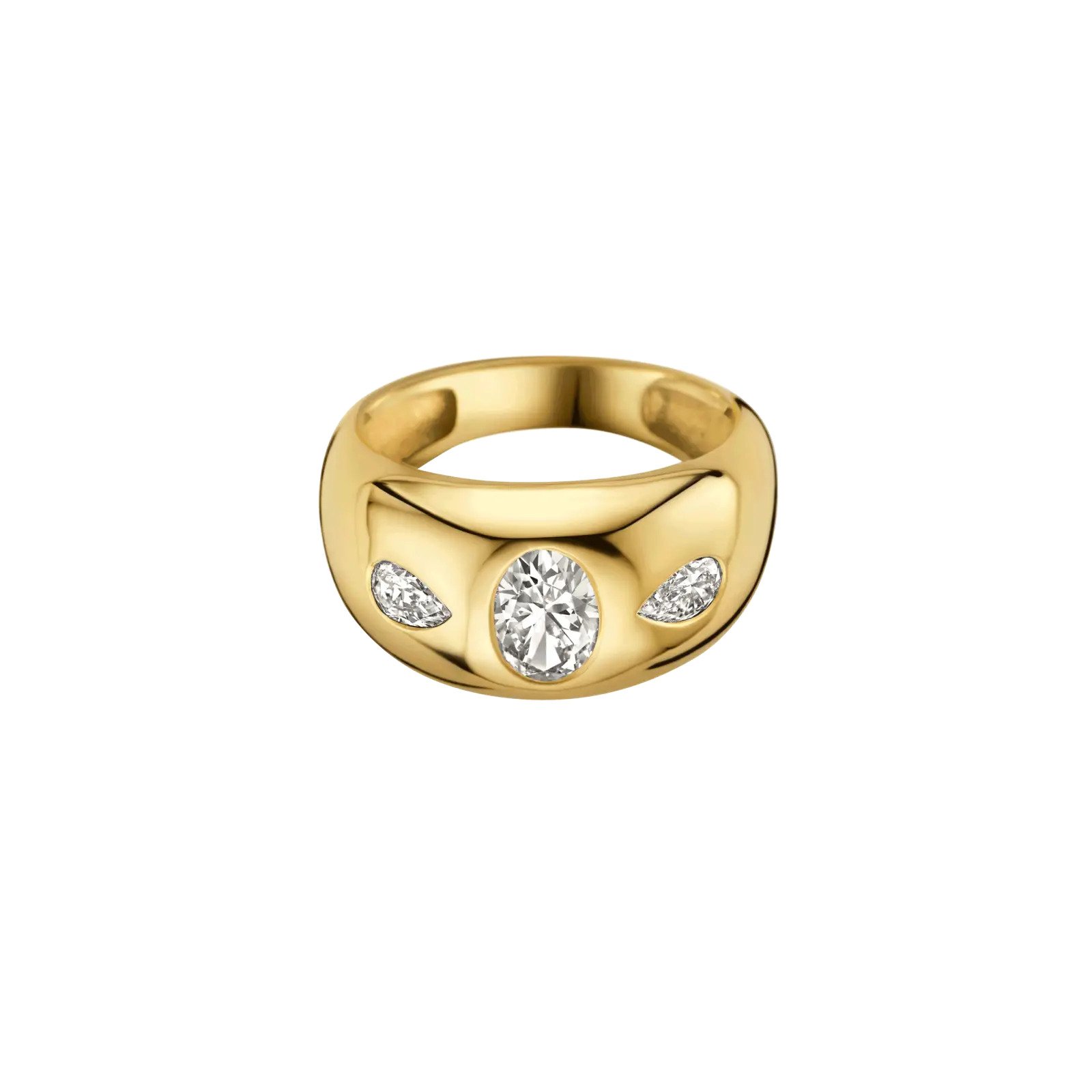
Bombe rings are having a moment, and this statement piece is sure to invite compliments. The chunky, 18k gold band set with three diamonds of alternating shapes and sizes is perfect if your partner loves to stand out from the crowd.
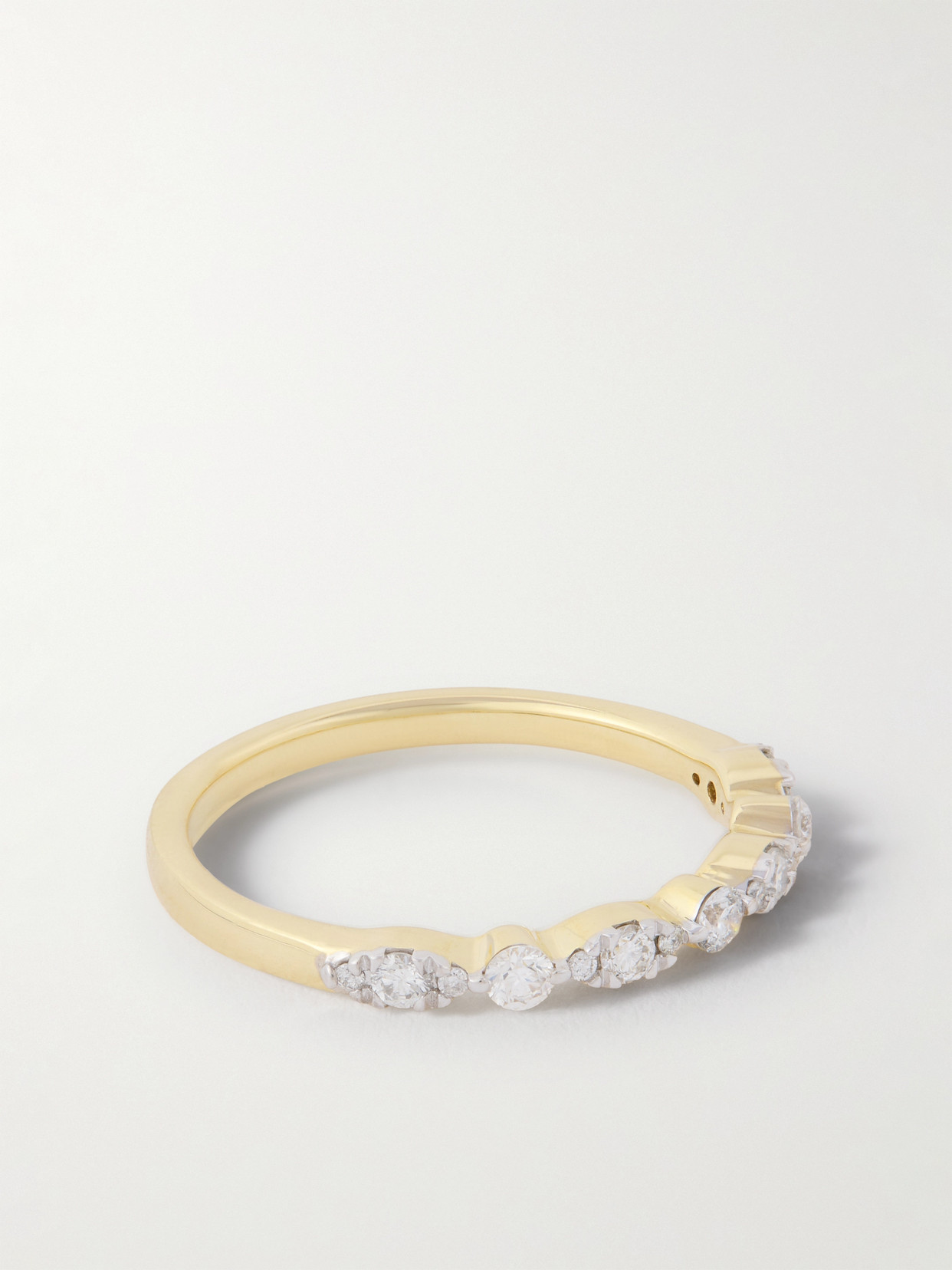
An subtler style that feels truly whimsical and elegant.
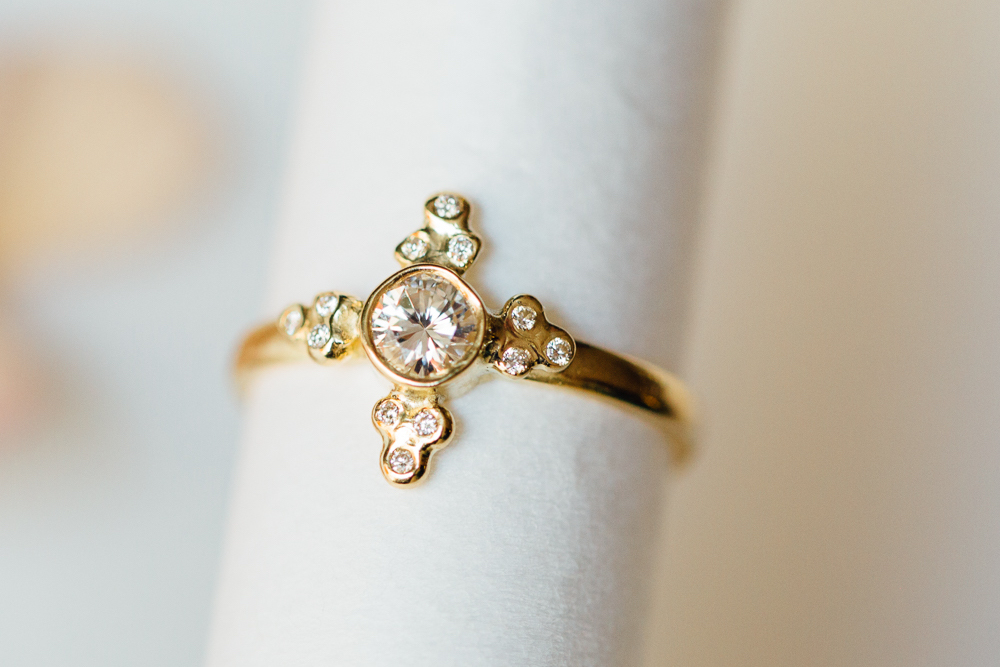
Personalise this ring by choosing between diamond, sapphire, emerald and ruby for the central stone.
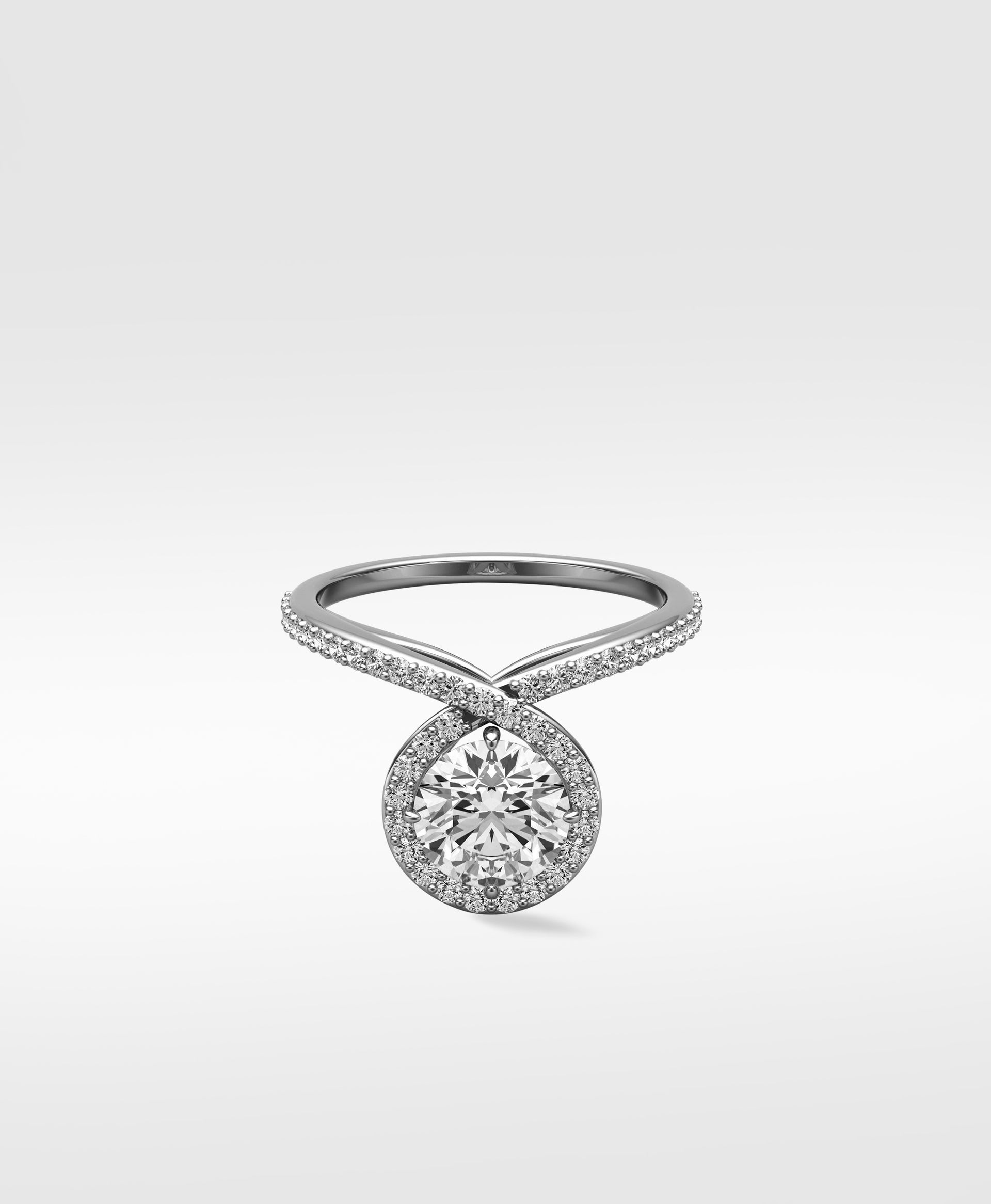
The twisted band is a unique design feature that stands out in the sea of engagement rings.
This post was originally published at an earlier date and has since been updated.

Hailing from the heart of the South and cutting her teeth on the mean streets of New York, Meghan has six years of experience covering fashion, style, celebrities, culture, and human behavior. A longtime devotee of rap music, tacos, and generally perfect weather, she is excited to put down roots in Los Angeles. Her top three style staples are a good pair of cutoff shorts, virtually any kind of colorful digi-print, and a solid set of shades.
